Today we will talk about another new art movement of international significance after the arts and crafts movement initiated by John Ruskin.
Briefly speaking, many of us don't know much about this style after reading it several times, mainly because it has become popular in European countries after the rise of France, and European countries have developed different names, so many people are very confused.
All in all, Art Nouveau is a movement, not a style. The reason is that although the backgrounds of this movement in European countries are similar, the styles reflected are different. If you think that the new art is a unified decorative and artistic style, it is impossible to clarify its true appearance.
❤Features:(1) Emphasize handicrafts and oppose industrialization (look at the following picture and keep these points in mind to observe and find that these products cannot be mass produced)
(2) completely abandon the traditional decorative style and create a brand-new natural decorative style
(3) The decoration is influenced by the oriental style
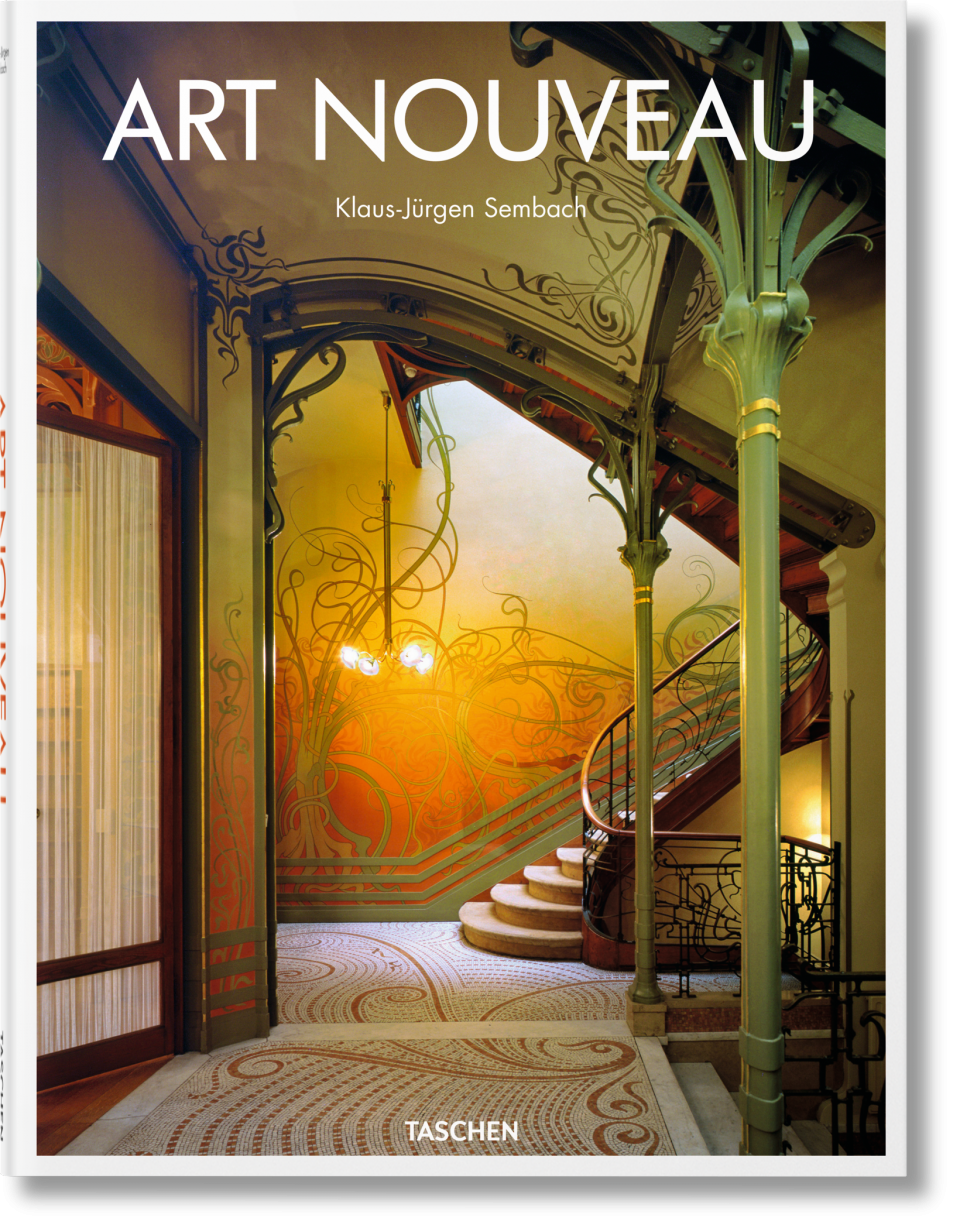
The Art Nouveau movement is named after the shop "Maison de l'Art Nouveau" (Maison de l'Art Nouveau) opened by French businessman Samuel Bing on December 16, 1895 at 22 Provence Road, Paris. At the 1900Paris World Exposition, Bin's exhibition hall "Art Nouveau Bing" attracted widespread attention. From then on, British and American newspapers began to use "new art" to represent this new style. In 1914, the outbreak of the First World War announced the end of Art Nouveau.
This movement began to develop in France around 1895, and then spread to the Netherlands, Belgium, Italy, Spain, Germany, Austria, Scandinavian countries, Central European countries, and even Russia. It also crossed the Atlantic Ocean and influenced the United States. Become an international design movement with extensive influence.
This movement began in about 1895 and lasted until around 1910, and then gradually replaced it by the Modernist movement and the "Art Deco" movement.

France [Art Nouveau]]
Main contents: New Art House, Modern House, Six-member Group, Nance, [the above are design firms centered on furniture and interior design and decoration] Paris Expo 1900. Architectural design, ceramic design, glass design, jewelry design and graphic design in the French Art Nouveau movement
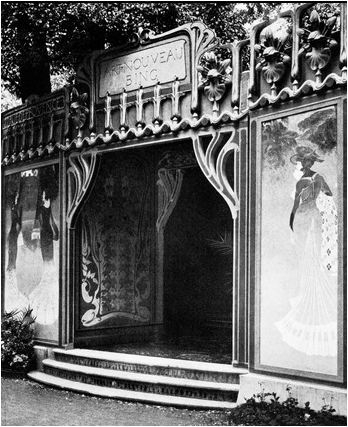
Home of Art Nouveau (Maison de l'Art nouveau)
Siegfried Bing is a German-French art dealer. Has helped introduce Japanese art and art to the West, and was a factor in the development of Art Nouveau style in the late nineteenth century

This picture is taken by Samour Bin and his friends in Japanese costumes.
❤Key Style Features: A notable feature of French Art Nouveau is its design style with oriental elements
(Samour Bin of France was once the most important Japanese art dealer in Paris. He has traveled between Europe and the East for a long time, bringing oriental art to Europe as well as culture. The real oriental crafts are presented in front of Europeans, making them truly feel the charm of oriental culture. Samour Bin also founded a monthly magazine called "Artistic Japan" in 1888, which specifically introduced Japanese decorative arts and arts and crafts, which was supported by many people in the art circle at that time. Learning from the East is something that Art Nouveau artists are extremely keen on) Help memory in parentheses
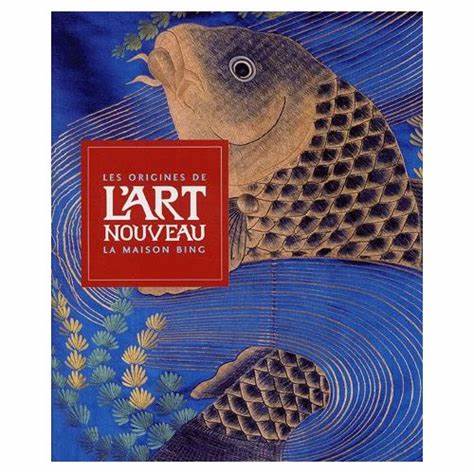
Samour Bin's monthly magazine "Artistic Japan"

Samour Bin's monthly magazine "Artistic Japan"
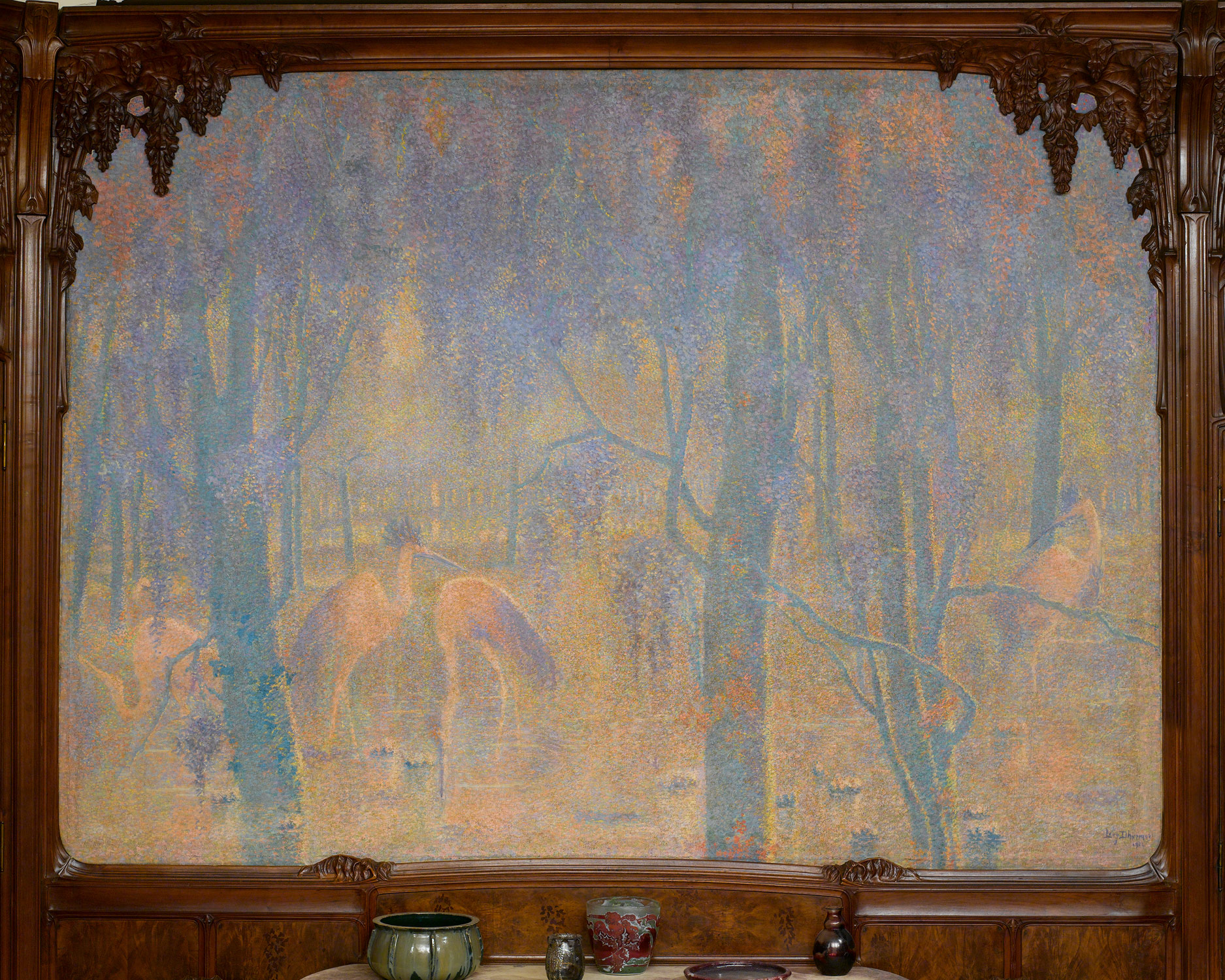
Famous paintings in the New Art House [Wisteria Restaurant]]
❤Key style characteristics: organic forms inspired by nature, often emphasized by asymmetric curves or exquisite flourishing, are the characteristics of its decorative vocabulary.
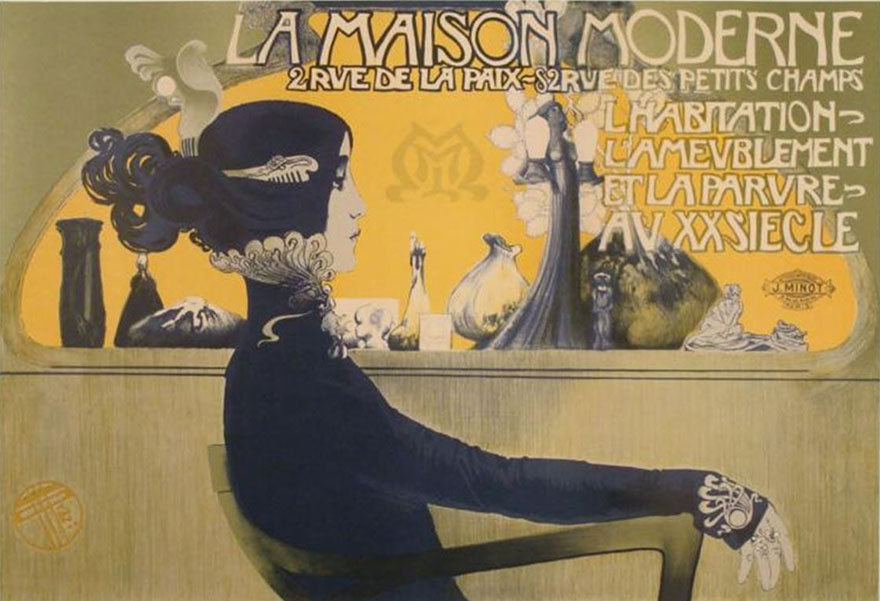
Modern House [La Maison Modern]]
The leader of the second important design group of the Art Nouveau movement in Paris: Julius Meier-Graefe opened the Modern House design office and exhibition center in Paris in 1898. The design style is similar to the Art Nouveau, and the concept and form characteristics are very similar.
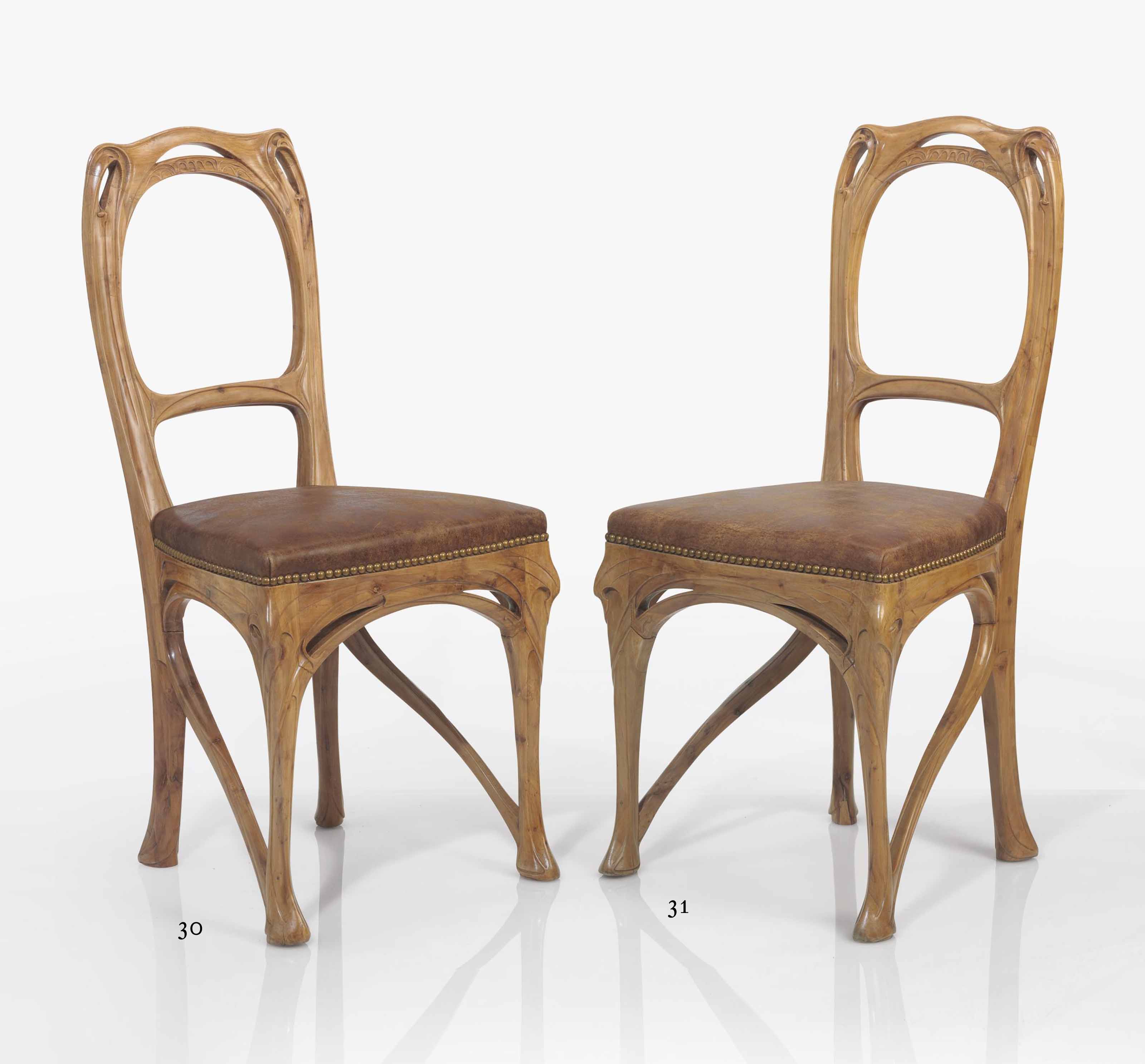
The "Group of Six", founded in 1898, is a loose design group of six designers. These six people include: Alexander Chapin (Alesandre Charpentier), Charles-Plumet (Charles Plumet), Tony Selmersheim, Hector Gimad (Hector Guimard), George Horncher (Geoge Hoentschel) and Rupat Karabin (Ruped Carabin).
The "Six-Person Group" advocates returning to the design concept of nature, with curves as the style feature of the design.
These six people are not a well-organized design entity, and the relationship between them is quite loose, but they are relatively consistent in design concepts-they all emphasize naturalism, advocate "returning to nature", and their design styles are close to using plant patterns and curves. As the design style characteristics
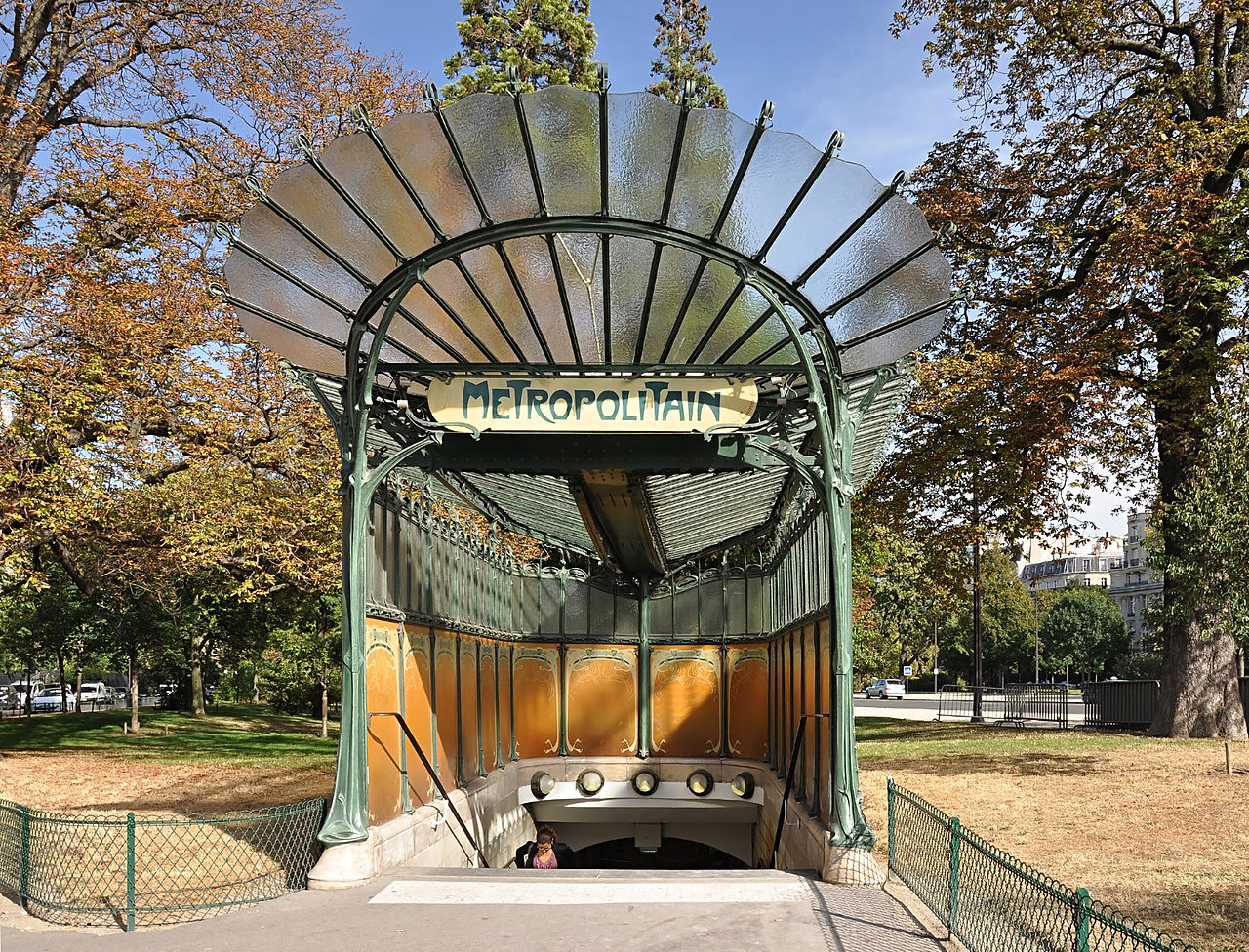
Hector Gimad [the most outstanding among the six-member group]]
The leader of the French Art Nouveau movement, he is good at applying new forms, new materials and new technologies, which reflects his desire and courage to break through the tradition; Guimard emphasizes abandoning the traditional architectural style, giving modern architecture a new form, and advocating a simple and natural decorative style; the Paris subway entrance has become the symbol of the French Art Nouveau movement and the master of Guimard's personal style;
In furniture design, Jimad appreciates the plastic furniture image. He used new technology to create the world-famous pear wood coffee coffee table; Jimad is one of the pioneers who advocated "overall art", emphasizing the practical function of the work With the harmony and unity of aesthetic functions, his design style has become a school of its own, forming the "Jimad style".
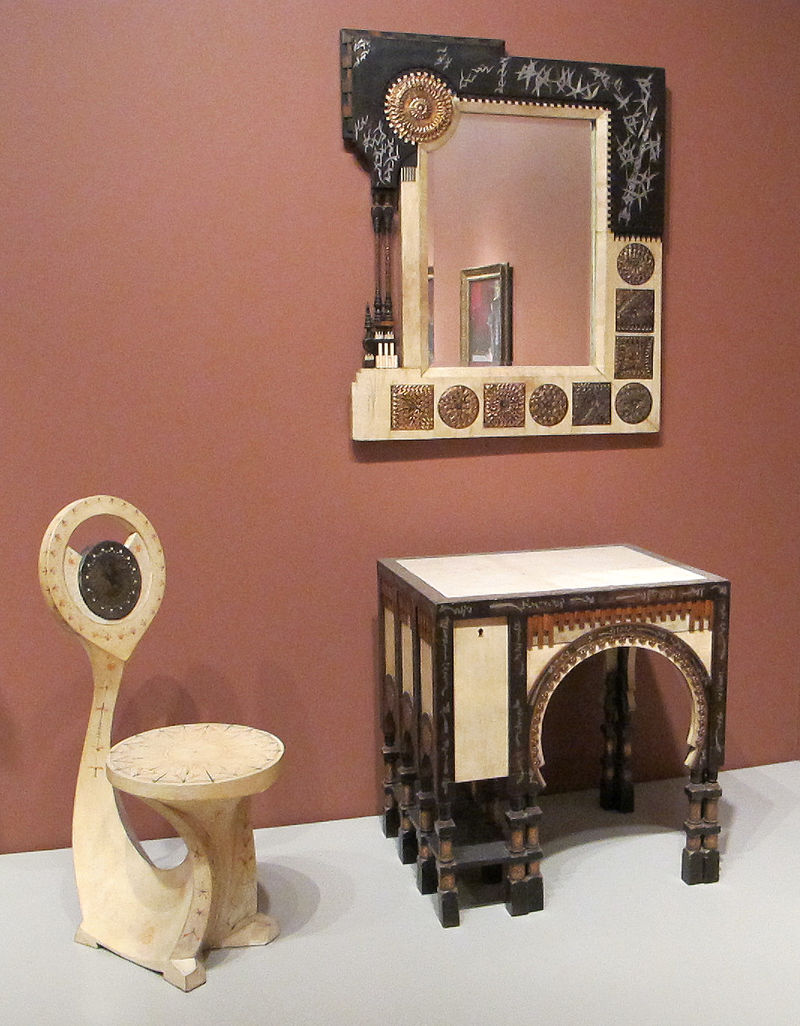
Nancy pie
In France, the furniture design and manufacturing center was located in Nancy, and the two main designers, ÉmileGall and Louis, Majorelle had studios and studios, and established an art alliance there (later called Nancy Academy). Both designers adopted natural forms based on their structure and decoration, including flowers and insects, such as dragonflies, and popular patterns in the Art Nouveau style. Gallé is known for its use of mosaic craftsmanship for landscape or poetic-themed reliefs.
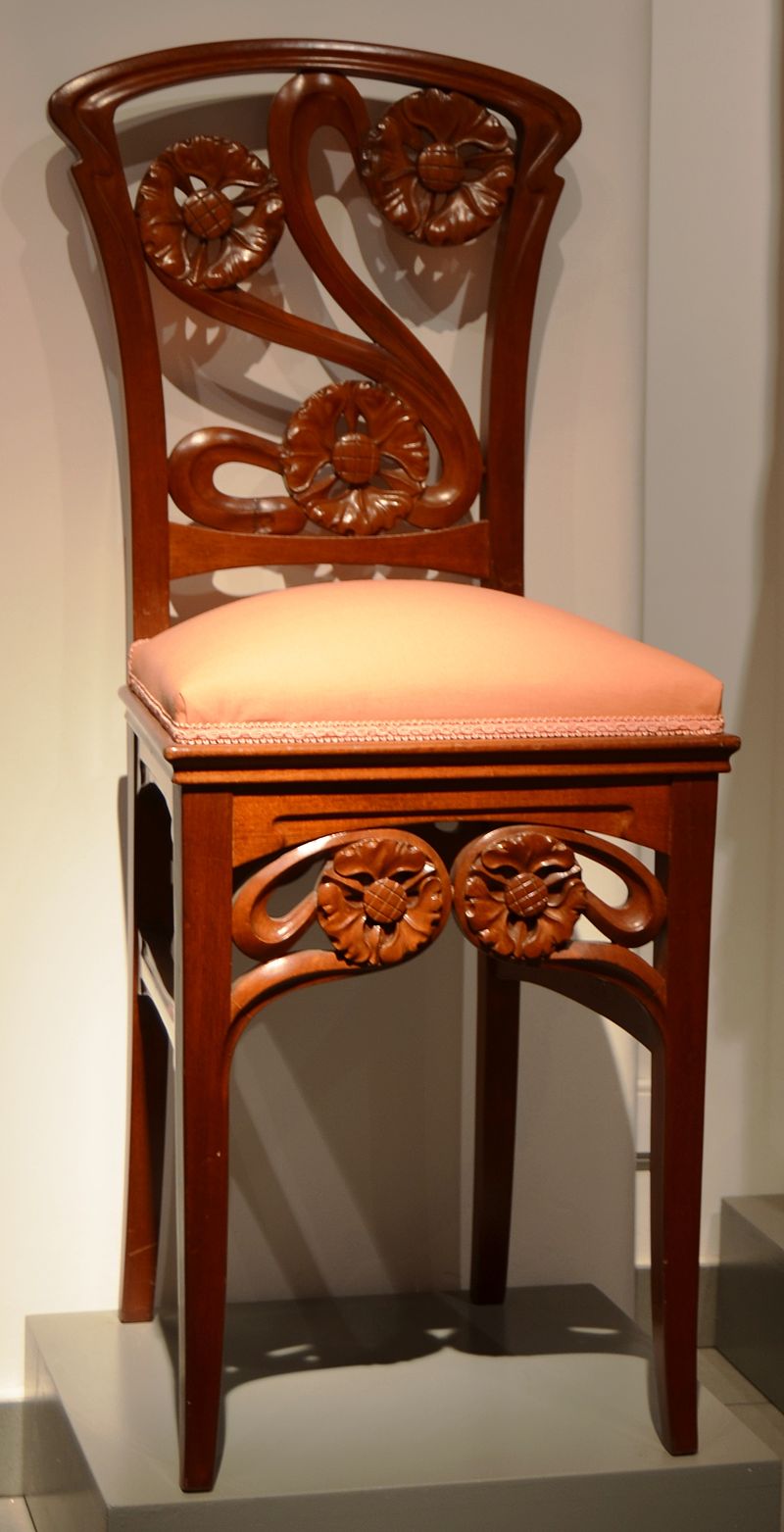
Appreciation of Nancy School Furniture Design
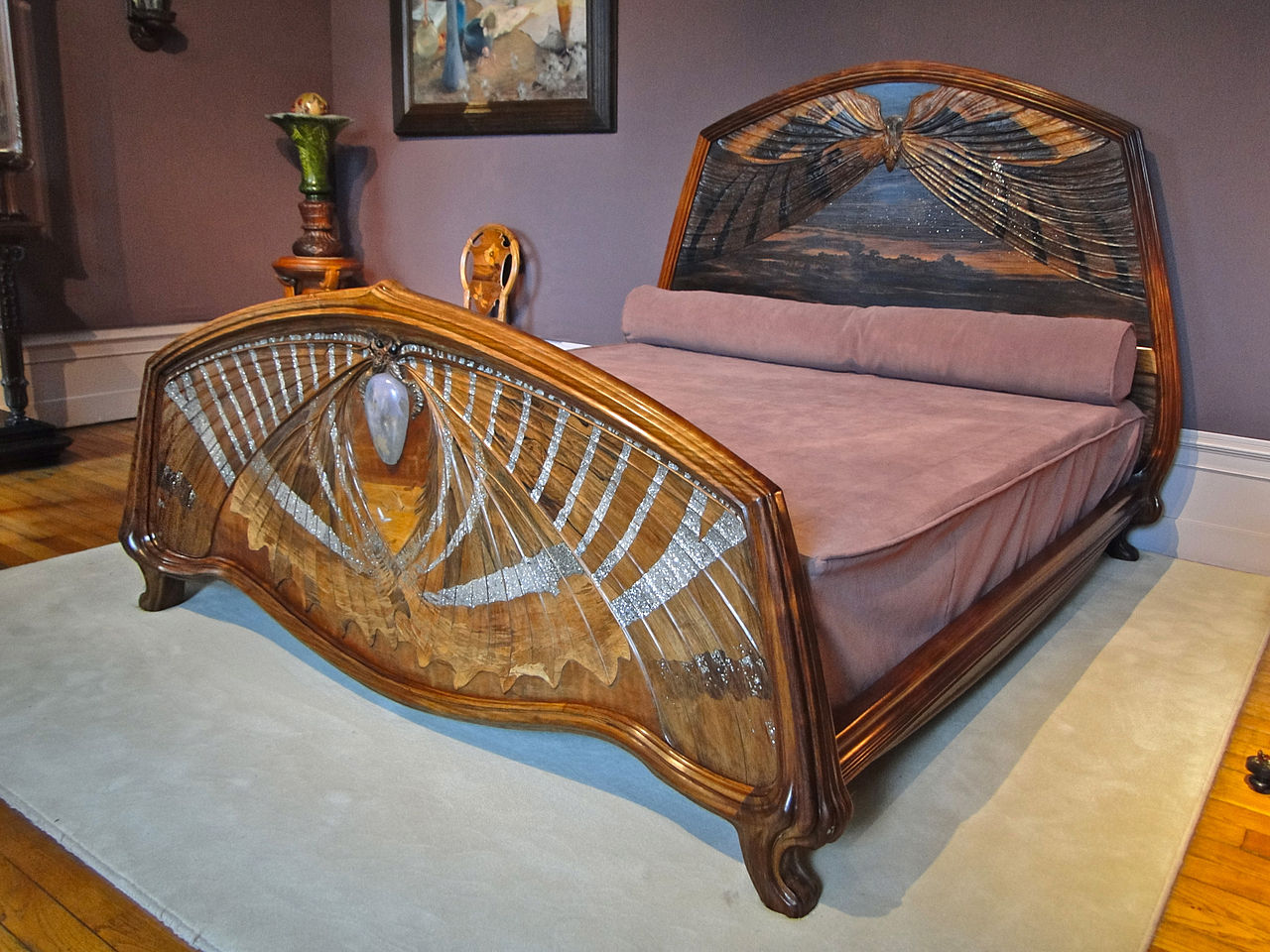
Appreciation of Nancy School Furniture Design
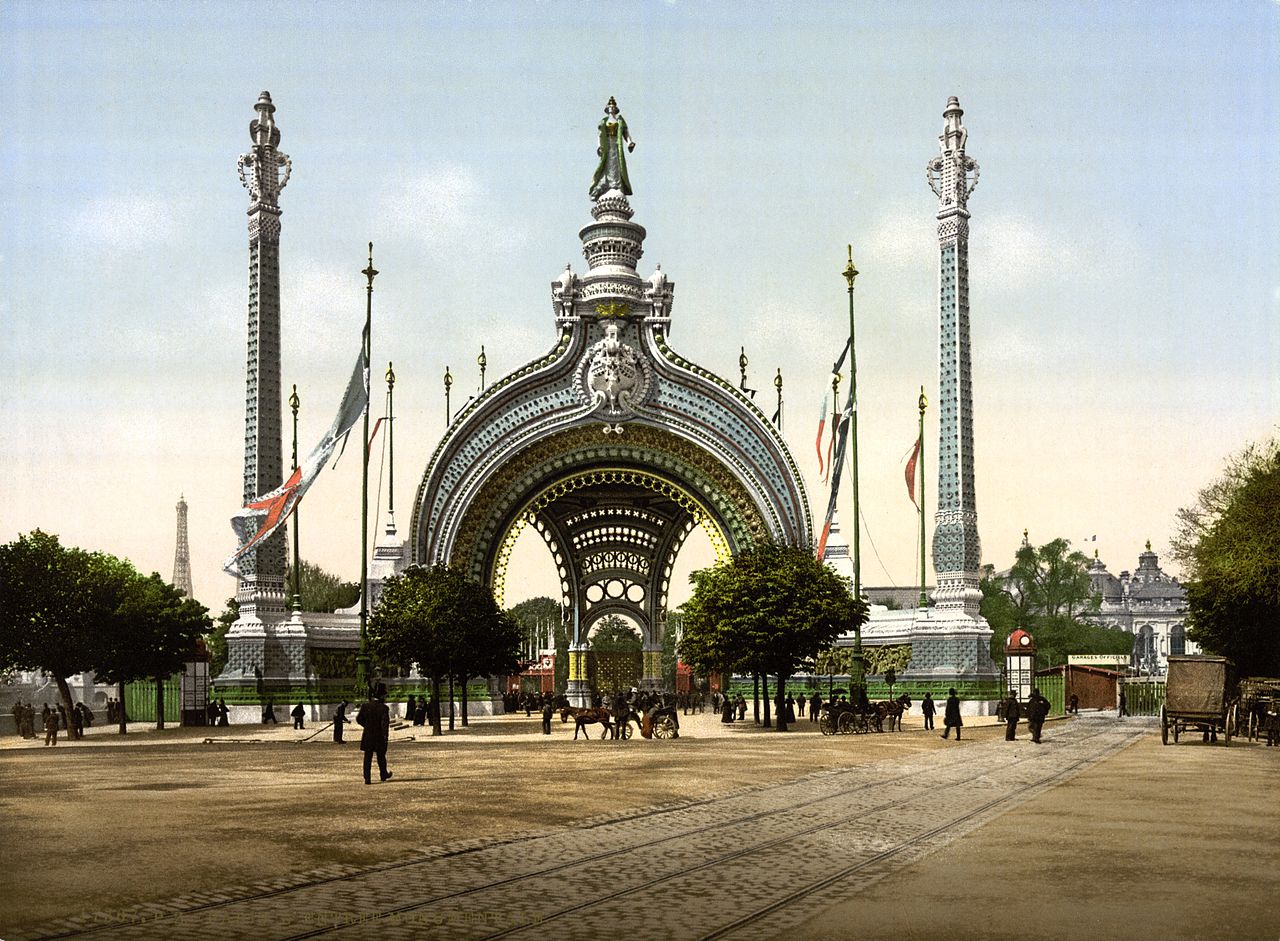
The 1900World's Fair in Paris marked the climax of Art Nouveau.
Between April and November 1900, it attracted nearly 50 million tourists from all over the world and displayed the style of architecture, design, glassware, furniture and decorations. The building of the fair is usually a mixture of Art Nouveau and art architecture: the main exhibition hall, the artistic appearance of the Grand Palace, has nothing to do with the spectacular Art Nouveau staircase and the internal exhibition hall.

French Art Nouveau Architecture Appreciation
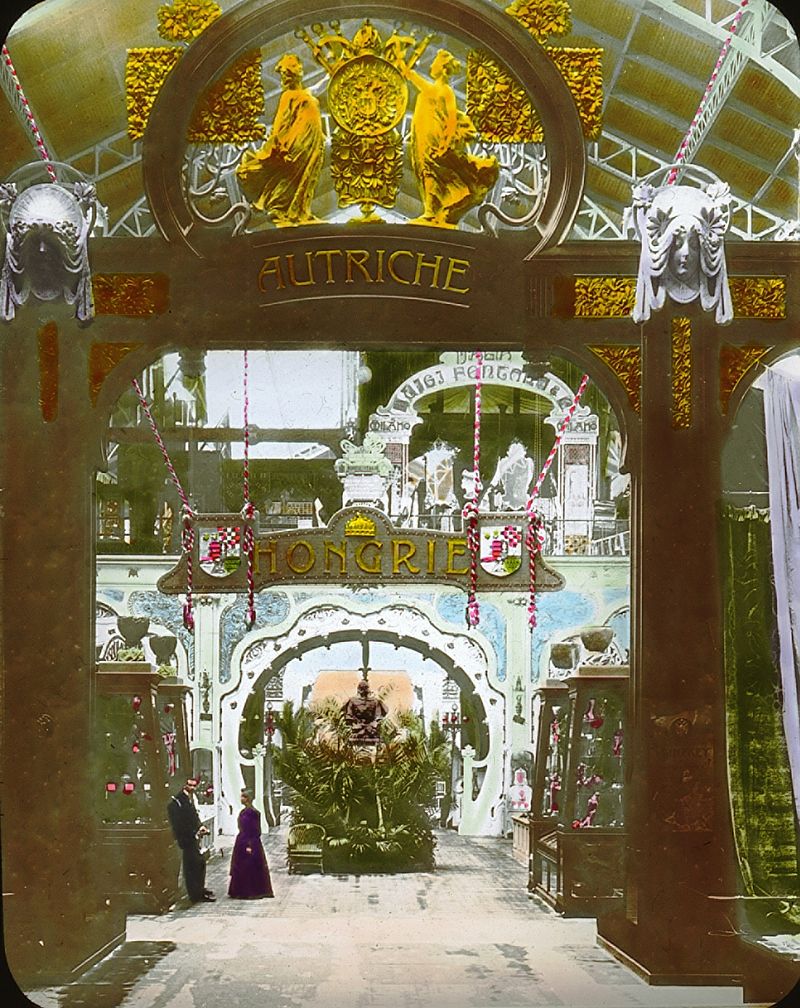
French Art Nouveau Architecture Appreciation

The embodiment of French Art Nouveau style in architectural design]
Art Nouveau architecture is a reaction to the eclectic style that dominated European architecture in the second half of the 19th century. It is expressed through decoration. The building is covered with ornaments in curved shapes based on flowers, plants or animals: butterflies, peacocks, swans, irises, cyclamen, orchids and water lilies. The exterior walls are asymmetrical and are usually decorated with colored tiles. Decoration usually indicates movement; there is no difference between structure and decoration.
In Paris, the architectural style was also a reaction to the strict regulations imposed on the facade of the building by Georges-Eugène Haussmann, the governor of Paris, Napoleon III. In 1903, bow windows were finally allowed, and Art Nouveau architects went to the opposite extreme, especially Jules Lavirotte houses, which were basically large sculptures completely covered with decoration.
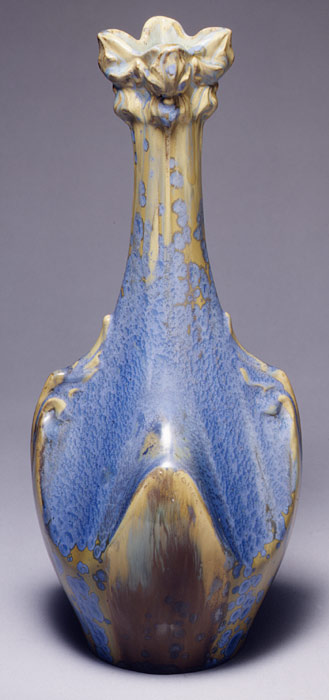
Ceramic Design of Art Nouveau in France
Art Nouveau ceramics are also influenced by traditional and modern Japanese and Chinese ceramics, and their plant and flower patterns fit perfectly with Art Nouveau style.
In France, artists have also rediscovered traditional methods of aphorisms and recreated them with new patterns. Ceramics have also found an important new use in architecture: Art Nouveau architects, Jules Lavirotte and Hector Guimard them and began to decorate the exterior walls of buildings with ceramic tiles, many of which were made by the Alexandre Bigot company, giving them a unique Art Nouveau sculptural appearance. It quickly entered the field of sculpture and architecture in art nouveau ceramics.

A vase of peacock feathers (a typical Art Nouveau work)
Author: Auguste de la Heche (Auguste Delaherche)
Peacock feathers like their rainbow colors and exoticism, and are a popular Art Nouveau theme, appearing on Tiffany glass and other decorative arts. Two examples of this vase were shown in Delaherche's display at the 1889 Paris World Exposition, where he won a gold medal

Help memory, give priority to appreciation, keep in mind the characteristics of Art Nouveau style, and no longer memorize it by rote.
This coffee pot (1988.287.1-.7) embodies the art nouveau style of ceramics. Designers choose fennel plants to actually package functional products, thus blending their utilitarian aspects with Art Nouveau's embrace of naturalistic forms. The gray-green enamel of the "fennel" section is applied to the unglazed porcelain to produce a matte texture similar to the plant itself, contrasting with the glossy, glazed white areas above.
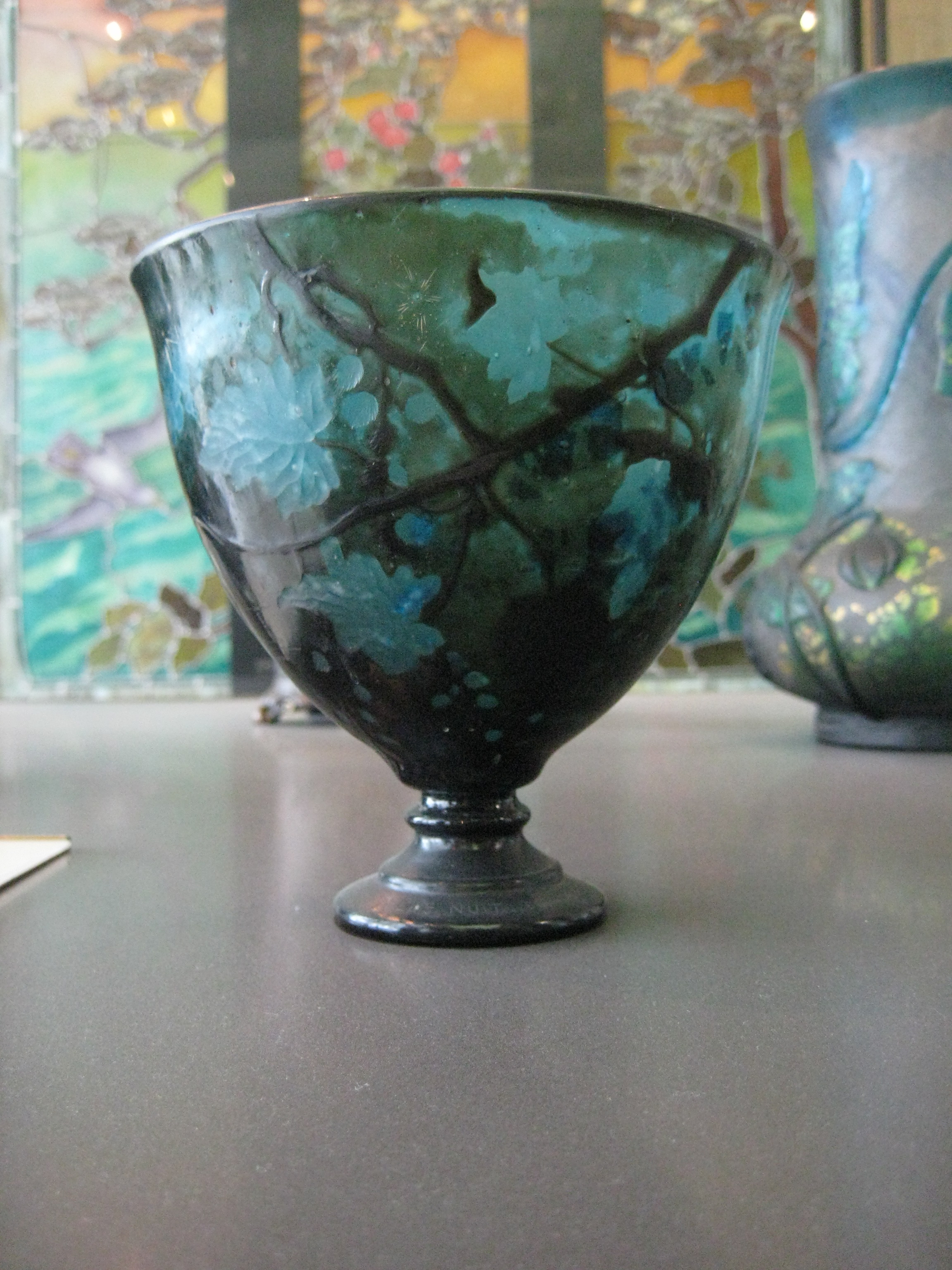
Glass art is the medium through which Art Nouveau finds new and diverse expressions. A large number of experiments continue.
Especially in France, looking for new effects of transparency and opacity: carving wins cameo, double-layer and acid carving, which is a technology that allows continuous production. The city of Nancy became an important center of the French glass industry. Another feature of the Art Nouveau movement was the use of stained glass windows with floral themes in residential salons, especially in Nancy's Art Nouveau houses.

Stained glass window Veranda de la Salle by jax gruber [Jacques Gruber (France)]]
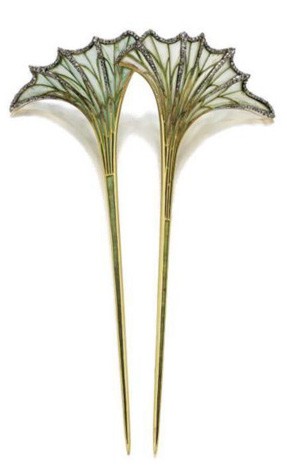
Jewelry Design in French Art Nouveau]
In the early days of Art Nouveau, famous Paris jewelers included Louis Acoux, whose family jewelry company dates back to the Art Nouveau period in 1821. The most famous designer, René Lalik, served as his apprentice in Aucoc From 1874 to 1876, Lalik became the jewelry and glass of the Central Art Nouveau style, using nature, from dragonflies to grass, as his model.
Artists from outside the traditional jewelry world, such as Paul Follot, the most famous furniture designer, experimented with jewelry design. Other famous French Art Nouveau jewelry designers include Jules Brateau and Georges Henry.
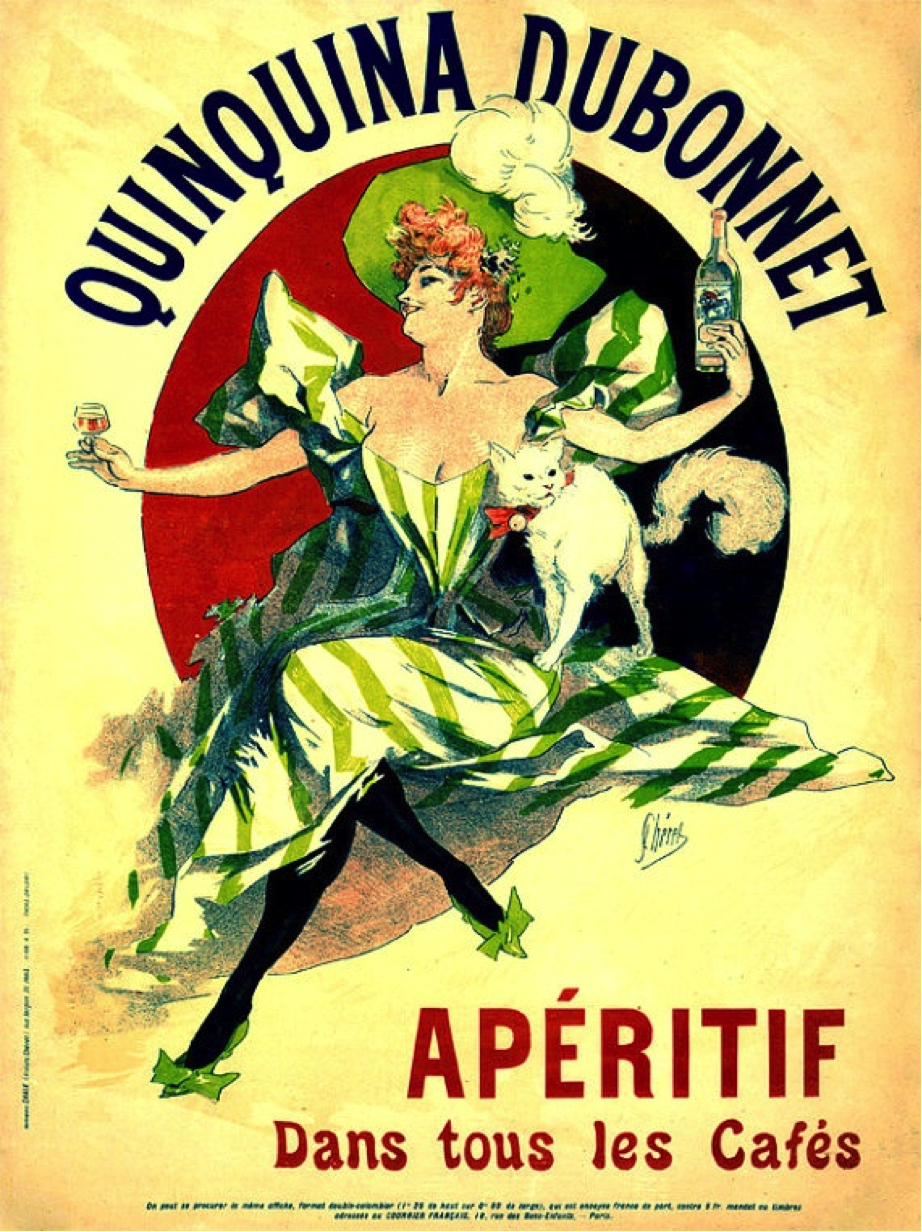
The Development of Graphic Design in Art Nouveau in France]
Graphic art flourished during the Art Nouveau period, thanks to new printing techniques, especially color lithography, which allowed mass production of color posters. Art is no longer limited to galleries, museums and salons; it can be found on the walls of Paris, as well as in illustrated art magazines circulating in Europe and the United States. The most popular theme of Art Nouveau posters is women; women symbolize charm, modernity and beauty, often surrounded by flowers.
Artist, designer Jules Cheray [Father of Modern Posters], Georges Day Fair and painter Henri de Toulouse-Lautrek all Paris theaters, cafes, dance halls and dance halls do posters.

Poster appreciation
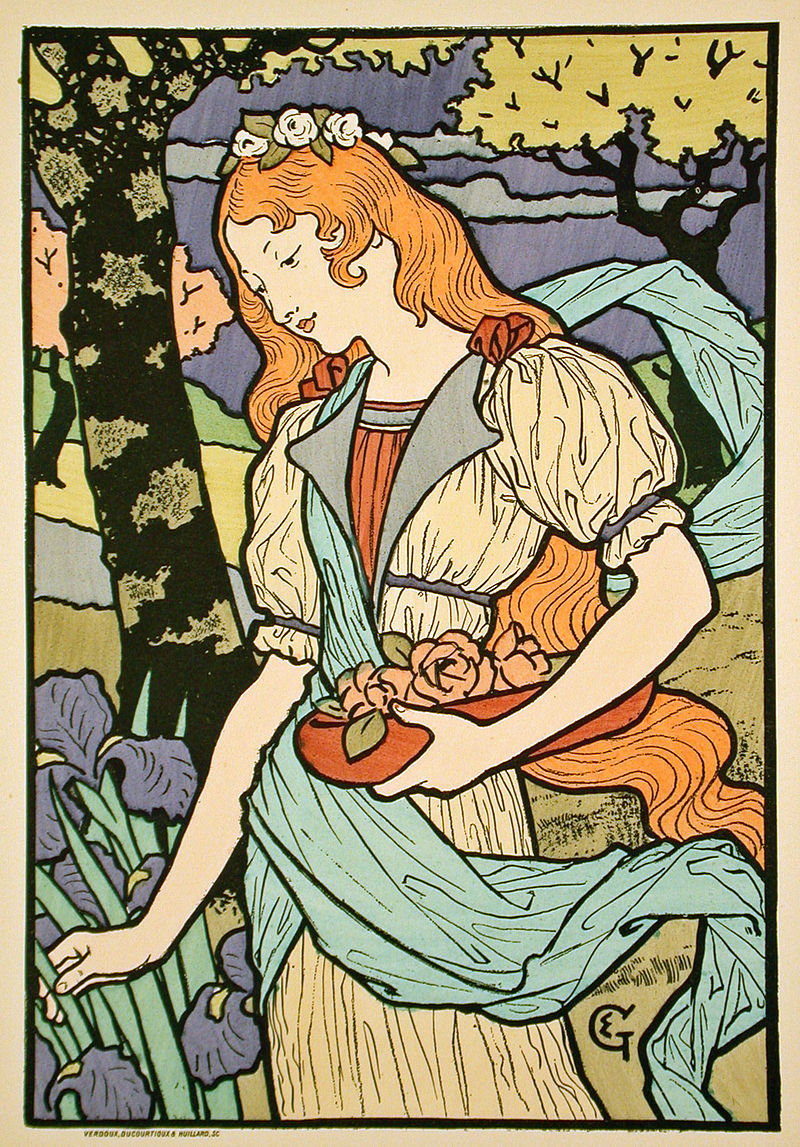
Poster by Grafton Gallery: Eugè neGrasset(1893)

Belgium [Art Nouveau]]
❤Must Back: After the Art Nouveau movement was introduced to Belgium, it gradually became one of the important centers of activity in Europe. The Art Nouveau movement in Belgium began in the 1980s. It has a considerable democratic color and requires art and design to serve the general public. Combining idealism and functionalist ideals with the design revolution, the slogan "People's Art" was put forward [different from the French Art Nouveau]]
From the perspective of design form, the Belgian Art Nouveau movement is similar to the French sports style, and both hope to save the level of decline through handicrafts. Belgium also advocates the use of naturalistic decoration concepts, especially curved flowers and plants. To achieve the romantic design and decoration effect, they are greatly influenced by the traditional Japanese design [similarities]]
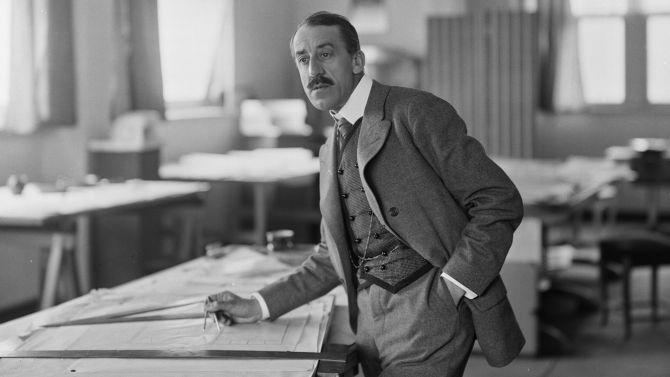
❤[Super important] Henry Van de Velde (Henry Clemens Van de Velde)
Henri van der Wilder was the most outstanding designer in Belgium at the end of the 19th century and the beginning of the 20th century. His design philosophy and practice were both important founders of modern design history. He was mainly engaged in art nouveau furniture and interior design during the Belgian period.
❤Proposition: He supports new technology, affirms machinery, and puts forward the principle of [function first] function first in design. Support the combination of art and technology, and oppose pure decorationism and pure artistry that ignore function.
He founded the Weimar School of Arts and Crafts in Germany, participated in the modern design movement, and was one of the founders of the Industrial League. At this time, he also put forward three principles to achieve the highest goal of combining industry and art: reasonable design structure, accurate use of materials, and clear working procedures. To a certain extent, it established the idea of modernist design and had a profound influence on German design.

❤Proposition: Henry van de Wilder's design of furniture and interior design is different from that of France-it pays attention to functionality and simplicity. "Technology is an important factor in generating a new culture", "It is completely created based on the principle of rational structure. Practical design can realize the first element of beauty and obtain the essence of beauty at the same time". Put forward the principle of technical primality. From this point, it has broken through that the Art Nouveau movement only pursues changes in product form, regardless of the limitations of product functionality. Advancing the development of modern design theory
❤Characteristics of Weld's Design Products in Belgian Art Nouveau Movement
Wilder is mainly engaged in furniture and interior design. The design style is similar to the French Art Nouveau style (Art nouveau), using natural elements, especially flowers and branches. However, his furniture is more functional. Although it is mainly curved, it has fewer tedious carvings.
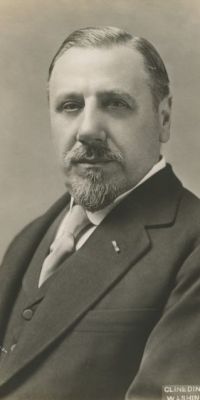
Victor Horta [important Belgian designer]]
Victor Horta is a radical democrat, mainly engaged in architecture and interior design. He likes to use grapevine-like intertwining and spiral twisted lines. This undulating and powerful line has become a representative feature of Belgian art., Known as "Belgian line" or "whip line". The ups and downs of these lines are often associated with structure or construction.
Therefore, his architectural design has two obvious characteristics: one is to pay attention to decoration, and the "whip rope" lines inspired by natural plants can be seen everywhere, which are very prominent in wall decoration, doors and stairs; the other is the exposed steel structure and glass surface of the building.
The following four buildings were designed by him. The most famous is the design of Horta Apartment.
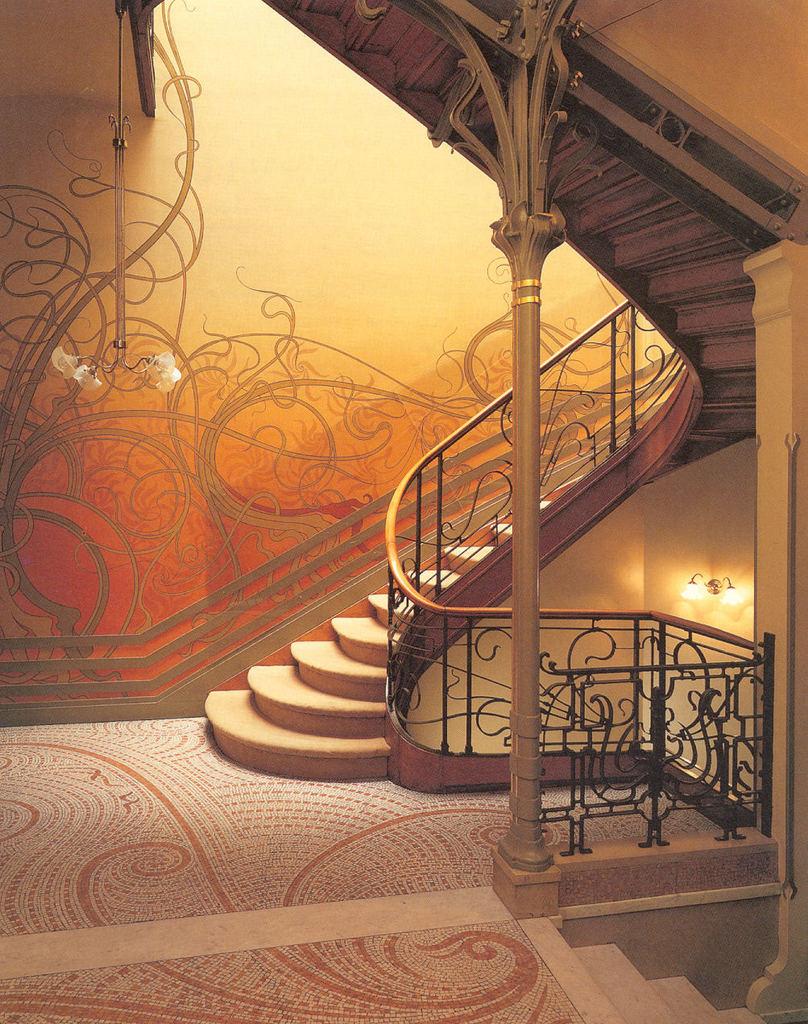
Hotel Tassel (Horta Hotel)
The design of the building broke through the classical shackles for the first time, avoiding the use of promenades as much as possible, using steel building materials, the exterior decoration is covered with beautiful lines, the curves are smooth, the colors are coordinated, the walls are soft, and the interior railings, wallpaper, floor ceramic inlays, Lamps, windows, etc. all adopt a unified "Art Nouveau" style.
Although it combines elements of neo-Gothic and neo-Rococo art styles, it is still one of the earliest works of Art Nouveau. An important feature of it is an octagonal hall and stairs leading to each floor. Curves representing the new art style are used for facade and interior design.

Solvay Mansion [Hôtel Solvay]]
It is the most eye-catching pioneering work in architecture at the end of the 19th century. These works, characterized by their open design, the spread of light, and the extremely outstanding combination of decorative engraved lines and architectural structures, represent a revolution in style.

Hôtel van Mansion (Hôtel van Eetvelde)
The visible application of "industrial" materials such as steel and glass was an innovation to the prestigious private homes of the time. In the Van Eitfield Mansion, Horta also used a hanging steel structure on the facade. The interior receives additional light through a central reception room covered with a steel-glass dome.

Musée Horta Museum
It is a museum built to showcase the Belgian Art Nouveau architect Victor Horta and his times. The museum is located in the House and Studio of Horta in Saint-Gil, Brussels (1898).
Inside the spectacular Art Nouveau style building is a permanent exhibition of furniture, utensils and artworks designed by Horta and his contemporaries, as well as documents related to his life and era. The museum also organizes temporary exhibitions on Horta and its art.

The copyright of this work belongs to 口天WU日天HAO. No use is allowed without explicit permission from owner.

New user?Create an account
Log In Reset your password.
Account existed?Log In
Read and agree to the User Agreement Terms of Use.

Please enter your email to reset your password
It's great, how can such a good column stop? it's a pity
I would like to see what you have reflected in the design after analyzing this article.
Thank you for taking the trouble to organize, with pictures and texts, and praise.
At the beginning, it was said that the Art Nouveau emphasized handicrafts and opposed industrialization, but in the history of industrial design, it was fundamentally not opposed to industrialization, but its works were difficult to mass produce without industrialization. "The ideal of Art Nouveau is to provide a modern elegance for the widest possible public, so industrialization is inevitable."
I feel hopeful for design history again.
Ha, ha, ha, ha, ha, ha, ha, ha, ha, ha, ha, ha, ha, ha, ha, ha, ha, ha, ha, ha, ha, ha, ha, ha, ha, ha, ha, ha, ha, ha, ha, ha, ha, ha, ha, ha, ha, ha ~ ~
Praise and praise
Too intentional
Dry goods